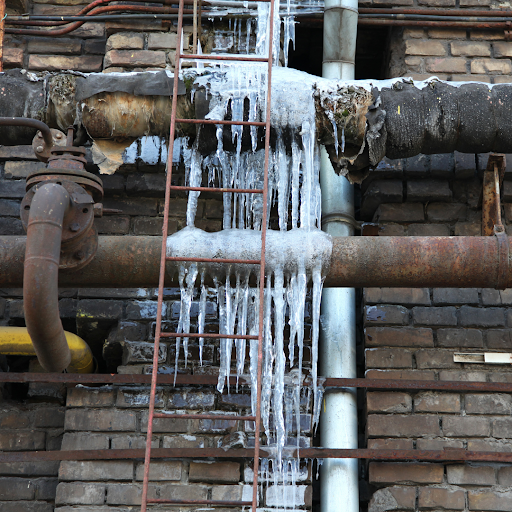Every person may have their own unique conception involving How to prepare your home plumbing for winter weather.

Cold weather can wreak havoc on your plumbing, especially by freezing pipelines. Here's exactly how to stop it from taking place and what to do if it does.
Introduction
As temperatures decrease, the threat of icy pipes increases, potentially causing pricey repair services and water damage. Understanding how to stop frozen pipes is crucial for house owners in cold environments.
Comprehending Frozen Pipelines
What triggers pipes to ice up?
Pipelines freeze when subjected to temperatures listed below 32 ° F (0 ° C) for expanded durations. As water inside the pipes ices up, it expands, taxing the pipe walls and potentially causing them to rupture.
Threats and problems
Icy pipelines can cause water supply interruptions, residential property damages, and pricey repair services. Ruptured pipelines can flooding homes and trigger comprehensive architectural damages.
Indications of Frozen Pipeline
Recognizing icy pipelines early can stop them from bursting.
Exactly how to determine icy pipelines
Search for reduced water circulation from taps, uncommon smells or sounds from pipes, and noticeable frost on exposed pipelines.
Avoidance Tips
Protecting susceptible pipelines
Cover pipes in insulation sleeves or use warmth tape to secure them from freezing temperatures. Concentrate on pipes in unheated or exterior locations of the home.
Heating techniques
Maintain interior rooms adequately heated up, especially locations with pipes. Open closet doors to allow cozy air to circulate around pipes under sinks.
Shielding Outdoor Pipes
Yard hose pipes and exterior faucets
Detach and drain pipes yard hoses before winter season. Mount frost-proof spigots or cover exterior taps with insulated caps.
What to Do If Your Pipes Freeze
Immediate activities to take
If you suspect frozen pipelines, maintain faucets open to soothe stress as the ice thaws. Utilize a hairdryer or towels soaked in warm water to thaw pipelines gradually.
Long-Term Solutions
Architectural modifications
Consider rerouting pipelines far from exterior walls or unheated locations. Include additional insulation to attics, basements, and crawl spaces.
Updating insulation
Invest in high-quality insulation for pipelines, attic rooms, and walls. Appropriate insulation helps keep constant temperatures and reduces the threat of frozen pipelines.
Final thought
Stopping frozen pipelines needs proactive actions and quick actions. By understanding the reasons, indicators, and preventive measures, home owners can protect their plumbing during winter.
5 Ways to Prevent Frozen Pipes
Drain Outdoor Faucets and Disconnect Hoses
First, close the shut-off valve that controls the flow of water in the pipe to your outdoor faucet. Then, head outside to disconnect and drain your hose and open the outdoor faucet to allow the water to completely drain out of the line. Turn off the faucet when done. Finally, head back to the shut-off valve and drain the remaining water inside the pipe into a bucket or container. Additionally, if you have a home irrigation system, you should consider hiring an expert to clear the system of water each year.
Insulate Pipes
One of the best and most cost-effective methods for preventing frozen water pipes is to wrap your pipes with insulation. This is especially important for areas in your home that aren’t exposed to heat, such as an attic. We suggest using foam sleeves, which can typically be found at your local hardware store.
Keep Heat Running at 65
Your pipes are located inside your walls, and the temperature there is much colder than the rest of the house. To prevent your pipes from freezing, The Insurance Information Institute suggests that you keep your home heated to at least 65 degrees, even when traveling. You may want to invest in smart devices that can keep an eye on the temperature in your home while you’re away.
Leave Water Dripping
Moving water — even a small trickle — can prevent ice from forming inside your pipes. When freezing temps are imminent, start a drip of water from all faucets that serve exposed pipes. Leaving a few faucets running will also help relieve pressure inside the pipes and help prevent a rupture if the water inside freezes.
Open Cupboard Doors
Warm your kitchen and bathroom pipes by opening cupboards and vanities. You should also leave your interior doors ajar to help warm air circulate evenly throughout your home.

As an avid reader about Prevent Frozen Pipes , I was thinking sharing that piece of writing was essential. Those who appreciated our blog post please make sure you remember to share it. I praise you for being here. Return soon.
Hire A Pro